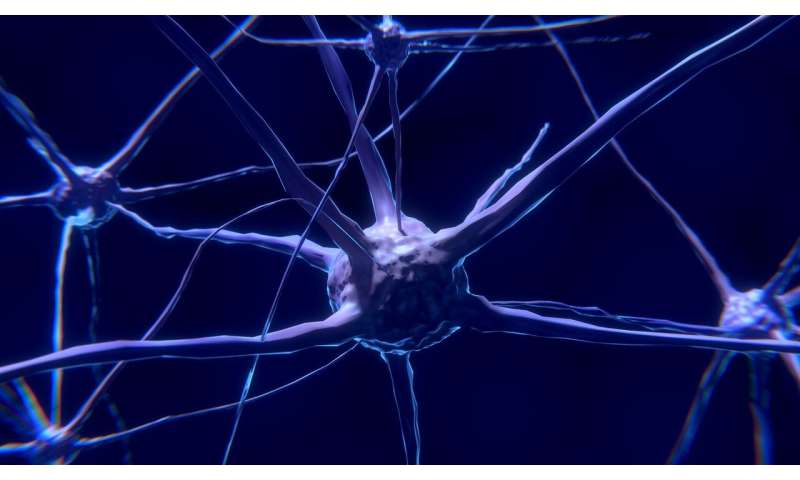
Using cutting-edge imaging technology, researchers at Massachusetts General Hospital (MGH) have shown that the brains of young men with autism spectrum disorder (ASD) have low levels of a protein that appears to play a role in inflammation and metabolism. This surprising discovery, which published online today in the journal Molecular Psychiatry provides an important new insight into the possible origins of ASD, which affects one in 59 children.
ASD is a developmental disorder that emerges in early childhood and is characterized by difficulty communicating and interacting with others. While the cause is unknown, growing evidence has linked ASD to inflammation of brain tissue, or neuroinflammation. One sign of neuroinflammation is elevated levels of a substance called translocator protein (TSPO), which can be measured and located in the brain using positron-emission tomography (PET) and anatomical magnetic resonance imaging (MRI). The MGH study, led by Nicole Zurcher, Ph.D., an investigator in MGH’s Athinoula A. Martinos Center for Biomedical Imaging, was the first to use a new generation of PET “tracers,” which more accurately detect TSPO, to examine the brains of people with ASD.
In the study, Zurcher and her colleagues scanned the brains of 15 young adult males (average age, 24) with ASD. The group included both high- and low-functioning subjects with varying degrees of intellectual abilities. For comparison, Zurcher’s team scanned the brains of 18 healthy control subjects who were similar in age. The investigators hypothesized that the scans would show increased levels, or expression, of TSPO in subjects who have ASD.
“To our surprise, that’s not what we saw,” says Zurcher. Instead, the scans showed that the brains of males with ASD had lower levels of TSPO than those of the healthy subjects. In fact, the men with the most severe symptoms of ASD tended to have the lowest expression of TSPO. When the tests were repeated several months later, the pattern persisted. The brain regions found to have low expression of TSPO have previously been linked to ASD in earlier studies, and are believed to govern social and cognitive capacities such as processing of emotions, interpreting facial expressions, empathy, and relating to others. “We know these brain regions are involved in autism,” says Zurcher.
To understand this unexpected finding, Zurcher notes that TSPO does more than serve as a marker of inflammation. “It has multiple complex roles,” she says, and some actually promote brain health. For example, adequate TSPO is necessary for normal functioning of mitochondria, which are the “power houses” in cells that produce energy. Earlier research has linked malfunctioning mitochondria in brain cells to ASD.
Source: Read Full Article